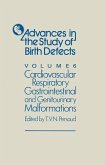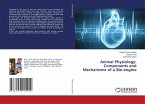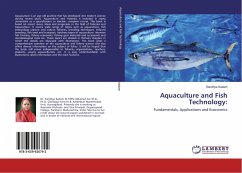The use of animal models in medical research is crucial. The chicken embryo has emerged as an ideal model organism in experimental embryology due to its advantages over mammalian embryos. In the egg; chick embryos complete their embryonic development after 21 days. A chicken embryo undergoes gastrulation and histogenesis after two to three days of incubation to become a three-dimensional animal with a beating heart. This rapid development makes designing experiments and collecting data more manageable. In addition, developing new therapeutic approaches and validating in vitro observations are highly dependent on the use of chicken models in fields such as drug discovery, regenerative medicine and cancer research. In various disciplines, chickens play an essential role as a model organism since they hold a specific evolutionary position bridging mammals and vertebrates (Yahya et al., 2023).
Bitte wählen Sie Ihr Anliegen aus.
Rechnungen
Retourenschein anfordern
Bestellstatus
Storno








